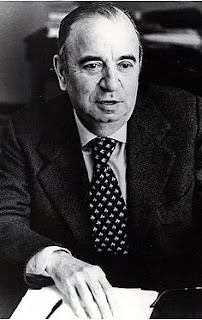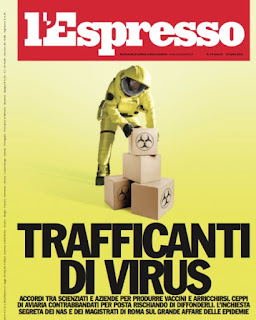NEW - Braccio da Montone - condottiero
Soldier of fortune briefly ruled Perugia
Military leader Braccio da Montone, who is considered one of the greatest of the Italian condottieri who fought in the 14th and 15th centuries, died on this day in 1424. He had a lifelong rivalry with another condottiero, Muzio Attendolo Sforza, and during the first quarter of the 15th century all the major Italian cities either hired Braccio or Sforza to carry out their military action. The rapid movements of Braccio’s troops became legendary and he founded a military school, which became known as ‘the Braccesca’. This had a major impact on Italian warfare. Braccio’s men employed tactics such as speed, shock and the rapid rotation of small units on the battlefield. Braccio was born Andrea Fortebraccio into a wealthy family in Perugia in 1368. He began his military career as a page, but after his family were exiled from Perugia and they lost the castle of Montone, he entered the company of the condottiero Alberico da Barbiano, which was where he first encountered Muzio Attendolo Sforza. He fought for the Malatesta and Montefeltro families in Romagna and was injured during the siege of the castle of Fossombrone in 1391. Read more…
_________________________________________________________
Salvatore Ferragamo - shoe designer
From humble beginnings to giant of the fashion industry
Salvatore Ferragamo, the craftsman once dubbed 'Shoemaker to the Stars' after his success in creating made-to-measure footwear for movie stars and celebrities, was born on this day in 1898 in Bonito, a small hill town in Campania, in the province of Avellino. Although in time he would become a prominent figure in the fashion world of Florence, Ferragamo learned how to make shoes in Naples, around 100 kilometres from his home village. He was apprenticed to a Neapolitan shoemaker at the age of just 11 years and opened his first shop, trading from his parents' house, at 13. When he was 16 he made the bold decision to move to the United States, joining one of his brothers in Boston, where they both worked in a factory manufacturing cowboy boots. Salvatore was impressed at how modern production methods enabled the factory to turn out large numbers of boots but was concerned about compromises to quality. This led him to move to California and to set up shop selling his own hand-made shoes in Santa Barbara, where he made his first contacts in the burgeoning American film industry. Read more…
__________________________________________________________
 |
Bandit seen by peasants as Italy’s ‘Robin Hood’
Carmine Crocco, whose life of brigandry was driven by a hatred of what he saw as the bourgeois oppressors of the poor, was born on this day in 1830 in the town of Rionero in Vulture, in Basilicata. Crocco fought in the service of Giuseppe Garibaldi in the Expedition of the Thousand but was no supporter of Italian Unification and spent much of his life thereafter fighting on the side of the ousted Bourbons and of the peasant people of the south, many of whom were as poor after unification as they had been before, if not poorer. He assembled his own private ‘army’, including many other fearsome brigands, which at one point numbered more than 2,000 men. For this reason, he is regarded as something of a folk hero in southern Italy, where there is a popular belief that he robbed the rich to give to the poor in the manner of the legendary English outlaw, Robin Hood. Nonetheless, when he was arrested for the final time he was tried and convicted of 67 murders and seven attempted murders among many crimes, having led a life of violence. His initial death sentence was commuted to life imprisonment with hard labour. Read more…
__________________________________________________________
Ludovico III Gonzaga – Marquis of Mantua
Condottiero fought to improve the town of his birth
Ludovico Gonzaga, who ruled his native city for 34 years, was born on this day in 1412 in Mantua. He grew up to fight as a condottiero - a military leader for hire - and in 1433 he married Barbara of Brandenburg, the niece of the Holy Roman Emperor, Sigismund. After Ludovico entered the service of the Visconti family in Milan, he and his wife were exiled from Mantua by his father, Gianfrancesco I. But father and son were later reconciled and Ludovico became Marquis of Mantua in 1444, inheriting territory that had been reduced in size and was impoverished after years of war. He continued to serve as a condottiero, switching his allegiance between Milan, Florence, Venice and Naples, to gain territory and secure peace for Mantua. The high point of his reign came when Pope Pius II held a Council in Mantua between 1459 and 1460 to plan a crusade against the Ottoman Turks. Although the Pope was unimpressed with Mantua and criticised the food and wine afterwards, the event earned prestige for Ludovico, whose son, Francesco, was made a Cardinal. During Ludovico’s reign, he paved the streets of Mantua, built a clock tower and reorganised the city centre. Read more…


























